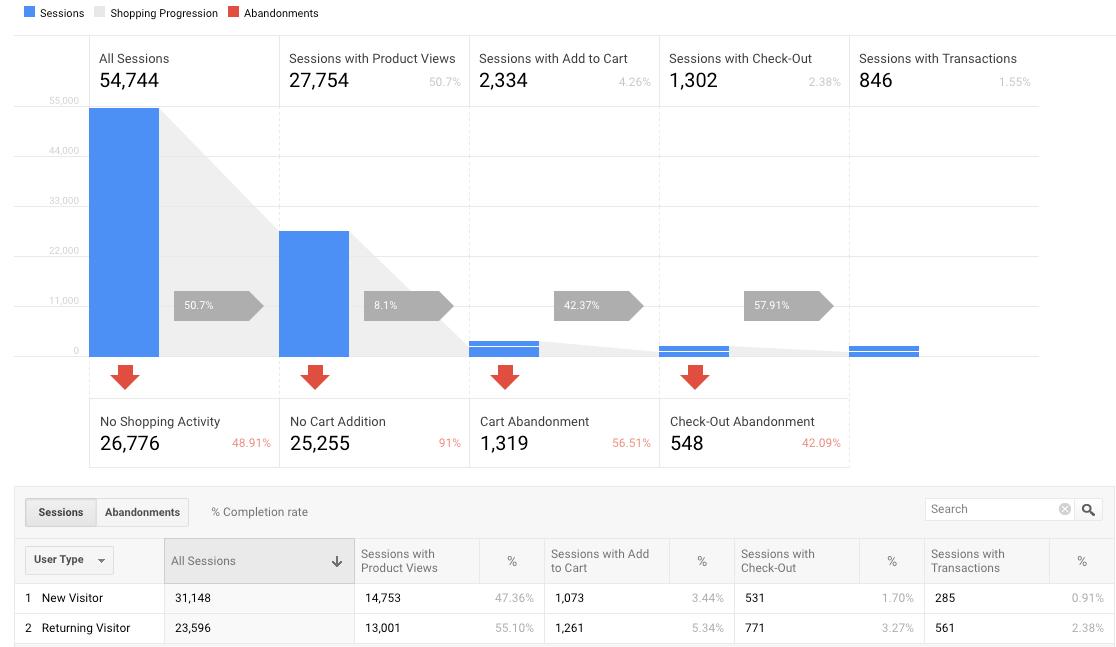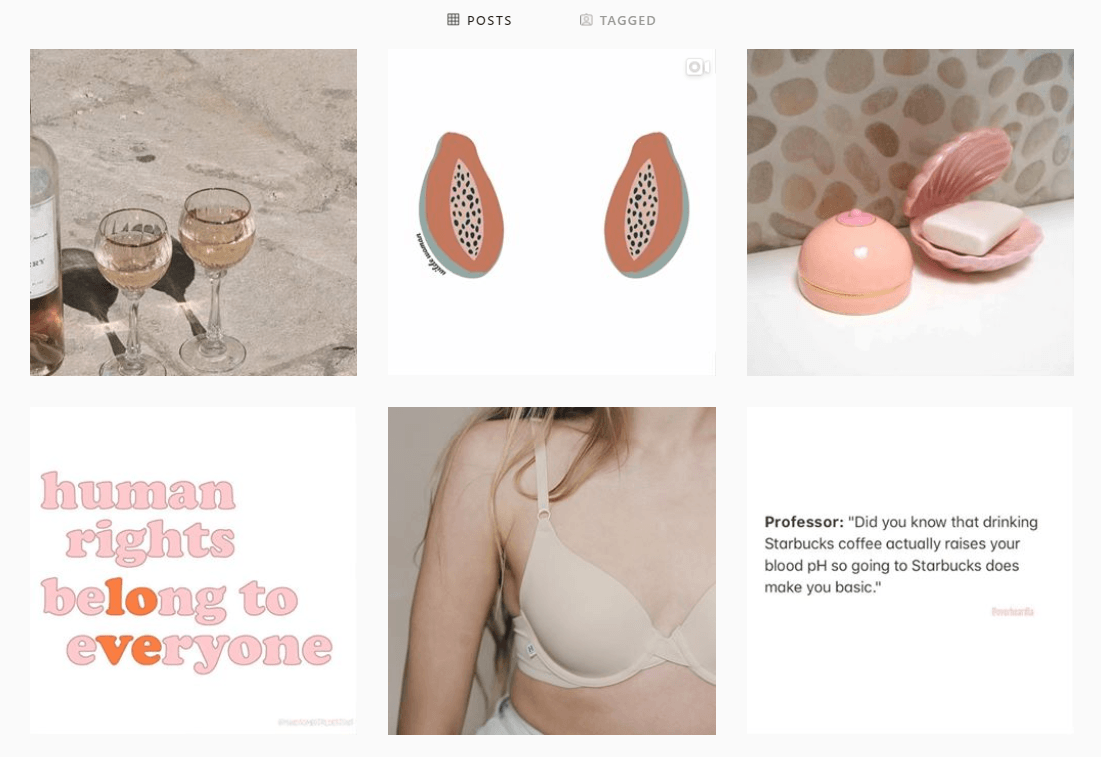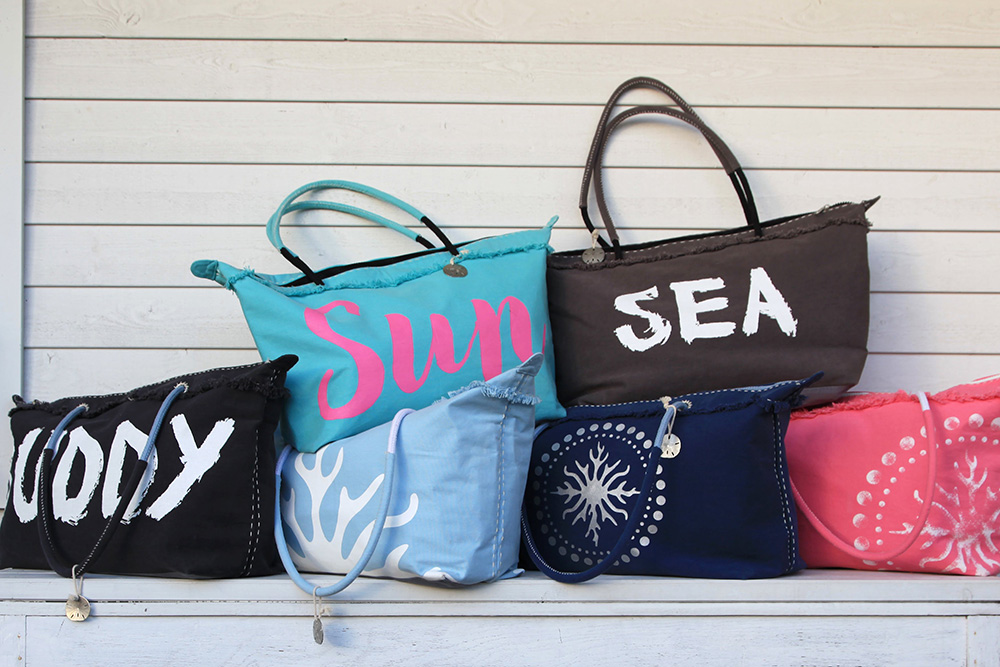Everything You should Know about Branding
The world's most popular and successful brands didn't achieve their status overnight. The reality is that building a truly outstanding brand requires focused strategy and a lot of effort. But what exactly is brand strategy? In short, it’s your roadmap to entering and dominating your company’s specific market. It includes key elements such as brand identity, market positioning, and the type of messaging and marketing that resonates with your target audience. Your brand strategy is either your most valuable asset or your downfall. Most importantly, it's a tool for making real connections with people. Here’s a little secret: Genuine connections lead to loyal customers. In this article, you'll learn more about brand strategy and the common characteristics of a strong brand strategy. We'll also show examples of effective brand strategies and provide some steps to help you jump-start your brand strategy plan today.
What Is Brand Strategy?
You can think of your brand strategy as a 360-degree business blueprint. Ideally, your brand strategy outlines the key elements that make your brand unique, your mission and goals, and how you’ll deliver on them.
A strong brand strategy is meticulously crafted, taking into account all aspects of your market, niche, product or service offerings, customers, and competitors.
This should all be rooted in as much data as you can get your paws on.
In the beginning, you’ll need to take some leaps of faith – this is unavoidable when you’re starting from scratch. But with each new visitor, follower, and customer you get, there will be more glorious data to create meaningful strategies that actually translate into results.



Elements of a Brand Strategy
Here’s a brand strategy template that can help you cover all the bases:
| Sub-strategy | Goals and approach |
| Brand objective | Your vision, mission, and purpose. Why does your company exist and what impact will you have on your audience, community, or even the world? |
| Target audience | Speaking of your audience, who are they? What are their interests, needs, passions, and habits? Understanding them intimately is critical for your success – so don’t skimp on this. |
| Brand positioning | Carving out your slice of the market. What does it take for you to be a big deal in your audience’s life, and what strategies will you implement to get there? |
| Brand identity | What people see when they interact with your brand – your visual identity like logos and images, as well as your tone and voice, customer support, and reputation. Bonus points for storytelling that incorporates your brand objective in a meaningful way. |
| Marketing strategy | Playing the long-game, how will you communicate what you’re all about, in a way that your audience is actually receptive to? How will you build and nurture your customer relationships? This can include everything from social media to paid ads to email marketing. |
There are generally three phases for the brand strategy process:
1.Plan: This is the intel phase. Before you start your brand-building strategies, do your research to make sure you have a solid handle on the market, your specific niche, your competitors, and the roots for your marketing strategy.
2.Build: Once you have a basic plan in place, dive into those brand-building steps. Create your brand identity, including your logo, color palette, and other visuals. Create your website, social channels, and other media through which you’ll execute your brand strategy plan.
3.Execute: Marketing is the fuel for your brand engine. Launch your brand and fully utilize all the messaging strategies you planned and marketing channels you built. Don’t stop until … ever. Just don’t stop.
Let’s break these phases into five actionable steps.
Do Your Research
Market research is non-negotiable if you want to grow fast. This process helps you build a solid brand development foundation, giving you important insights into things like:
•Fleshing out your business model, like adding certain products or offerings that go well with your initial ideas or narrowing down your target audience.
•Pricing for your offerings based on potential value and competitors.
•Who your main competitors are, as well as their strengths and weaknesses.
•The types of marketing messages and strategies that your audience responds to best.
Social media is absolutely your market research friend. If you’re starting a dropshipping store, beeline to Instagram to see what’s going on in your niche. And definitely spy on your competitors.


•Facebook Audience Insights: Free Facebook user data based on their shopping habits and profile data like demographics, preferences, and interests.
•Pew Research Center: A wealth of free information gathered through demographic data, public opinion polling, media content analysis, and other social sciences research.
•Statista: Free and paid access to more than a million facts and stats about consumer and digital markets around the world.
•Marketing Charts: All sorts of marketing data, analyses, and graphics. They offer free graphs and paid reports.
Create an Awesome Brand Identity
During your research phase, it’s basically impossible to not get inspired with ideas for your own brand identity. That’s why we recommend dipping your toes into the market before making any final decisions over your identity and aesthetic.
Here’s a checklist for important brand identity elements:
Logo and slogan: Shopify’s Hatchful can help you make a cool, crisp logo in a snap – no design skills needed.
Color palette: Pick three to five colors, and stick to them for all of your branding and marketing materials. This will help to solidify brand recognition. Oh, and don’t forget about color psychology to set the mood.
Fonts: Like your color palette, pick no more than three fonts, and stick to those on all of your materials. Canva has a great guide on font pairing.
Photos and art: In the world of online shopping, killer visuals are key. If you’re dropshipping, take awesome gorgeous product photos. Set the stage with lighting, imagery, models, and accessories, and then carry those themes throughout.
Voice and tone: Silly, conversational, inspiring, dramatic … the way you deliver messages can be just as important as the messages themselves.
Storytelling: Emotion goes a long way. Create a bond with your customers by giving them your backstory. How did the brand start? What are your values and mission? Your dreams and promises? Get personal.
A beautiful website: Please don’t send people to a glitchy, slow, or sketchy website. This is exponentially more important for an ecommerce business, where your site is your backbone. One study showed that 94 percent of respondents have rejected or mistrusted a site based on the web design alone … don’t be that site.
For more on brand identity, check out these resources:
•Brand Awareness: 5 Tips for Creating a Powerful Brand Identity
•How to Brand Your Dropshipping Store – Step by Step Guide with Examples
Develop an Actionable Marketing Plan
Merely possessing a sweet brand won't suffice. It must be emphasized by constant communications across a variety of platforms.
Additionally, if you've gained their trust, you should maintain it by developing a stronger bond with them and winning their allegiance.
In other words, you must continue for the duration of your brand's existence.
We didn't claim it was simple.
Here are some considerations for the marketing portion of your brand strategy plan:
Sales funnel: Especially for an ecommerce site, a sales funnel can smoothly lead your visitors to become customers, and customers to come back for more.
Social media marketing: The world – and all its online shoppers – are at your fingertips with platforms like Instagram, Facebook, Snapchat, YouTube, and more. In addition to organic posting, try paid tactics like influencer marketing and social media ads.
Content marketing: This is a big deal. Technically, every product video you create, social media post you make, email you send, or blog post you publish is content marketing. When you use content marketing best practices to pull customers through your sales funnel, it can be massively impactful.
Email marketing: Email marketing is yet another effective tool for your sales funnel. One study found that email is 40 times more effective at helping companies acquire new customers than Twitter or Facebook. It’s powerful stuff.

Here are some more marketing resources:
Be Reliable and Trustworthy
Consistency is crucial. Avoid switching from upscale brands to casual styles, or from emotional messages to humor and sarcasm. The main goal of a brand strategy is to establish a clear, unique image for your company and stick to it in every aspect of your operations. Consider whether your merchandising, branding and marketing decisions align with your brand strategy and contribute to the narrative. If a new idea is even slightly off, scrap it and think again. In addition to maintaining consistent branding and messaging, it’s important to deliver on the promises you make. If you promise one-week shipping, make sure your package arrives within that time frame. Losing your customers' trust is the fastest way to damage your reputation and lose customers.
Track, Assess, and Evolve When Needed
Evolution is necessary for our survival on this floating space orb – why should there be an exception for your brand?
Research was the first step in this process. But the truth is, the process should be in a loose infinite loop. You should always be diving into your Google Analytics, Facebook Analytics, Twitter Analytics, and other platforms to see how all of your campaigns and efforts are performing.
Google Analytics is a personal favorite, as it gives you a wealth of in-depth information about your website visitors and what exactly they do on your site – down to the last click. If you don’t have a Google Analytics account, create one now.

Always be on the lookout for ways to improve. And accept that sometimes improvement needs to happen from the ground up, starting with essential elements of your business branding like your tone, marketing channels, or even your brand identity.
Brand storytelling: Tropical Sun
Tropical Sun sells Caribbean-inspired products in the UK. The owners nail the storytelling facet as they explain the brand’s humble beginnings.
It connects “the UK’s thriving ethnic communities” back to their culture and brings them together. Humanizing the brand is so much more powerful than any generic list of health benefits or product quality.
Plus, that clever world map made of spices really drives home the concept of bringing people together.
The photo alone gets an A+.
Cohesive marketing: Harper Wilde

Harper Wilde is a bra brand with a fun, cheeky attitude. But it’s more than just that – it champions and empowers women socially and politically.
This is the kind of brand that connects deeply with the passions and identities of its customers.
Right off the bat, you can see that Harper Wilde donates a portion of profits to The Girl Project, an initiative that puts girls through primary school. The owners also work with a manufacturer that strives to empower Sri Lankan women.
And they do it all with puns, hashtags, and the occasionally silly photo.
“Together we will lift up your ladies and the future leading ladies of tomorrow.”
Get it?
They use their branded hashtag #LiftUpTheLadies on their website and social media to create brand cohesion between channels.
The company Instagram carries on these concepts, shifting smoothly between political messages, jokes, and product photos.

Overall, it’s an expert job of strong brand development that’s embodied in all of the company’s marketing efforts.
Wrapping Up
If formulated effectively, your brand strategy will provide the necessary guidance and support for your business. It defines your company's position in the industry compared to competitors and highlights its unique attributes. By carefully choosing the personality, colors, voice, and behaviors associated with your brand, you can enhance its appeal to employees and potential customers.







